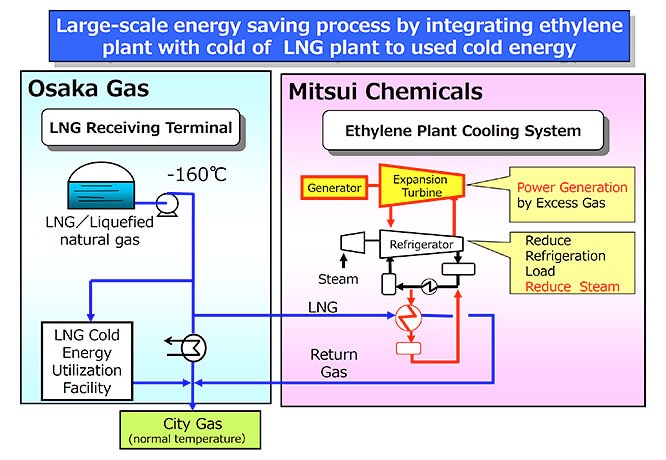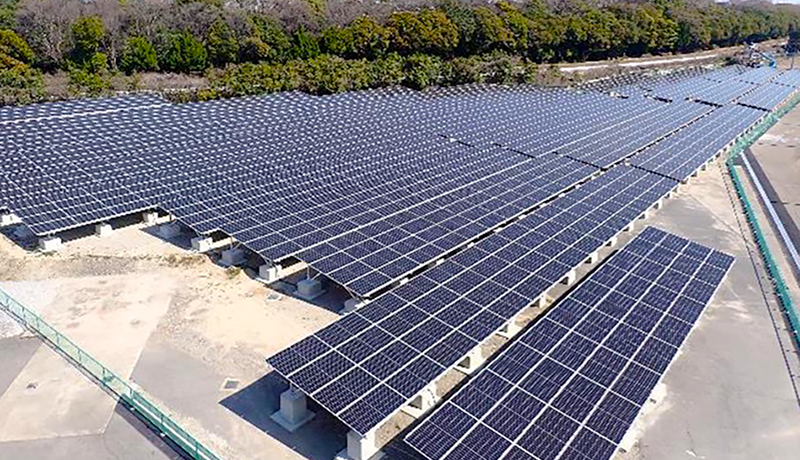| Category | Emissions
(Thousands of tons CO2eq/year) | Method of calculating emissions and reasons for excluding from the scope of calculation
|
|---|
| 1. Purchased goods and services | 8,533 | Emissions coefficient
IDEA v3.4, National Institute for Environmental Studies, "Embodied Energy and Emission Intensity Data for Japan Using Input-Output Tables (3EID)"
Calculation method
Ministry of the Environment and Ministry of Economy, Trade and Industry, "Basic Guidelines for Calculating Greenhouse Gas Emissions through Supply Chains Ver 2.7 (March 2025)"
Assumptions, allocation method, etc.
Calculated based on the purchase volume and purchase price.
|
| 2. Capital goods | 397 | Emissions coefficient
Ministry of the Environment and Ministry of Economy, Trade and Industry “Emissions Intensity Database for Calculating Greenhouse Gas Emissions through Supply Chains Ver 3.5 (March 2025)”
Calculation method
Ministry of the Environment and Ministry of Economy, Trade and Industry, "Basic Guidelines for Calculating Greenhouse Gas Emissions through Supply Chains Ver 2.7 (March 2025)"
Assumptions, allocation method, etc.
Calculated based on capital expenditure.
|
| 3. Fuel- and energy-related activities (not included in scopes 1 or scope 2) | 478 | Emissions coefficient
IDEA v3.4
Calculation method
Ministry of the Environment and Ministry of Economy, Trade and Industry, "Basic Guidelines for Calculating Greenhouse Gas Emissions through Supply Chains Ver 2.7 (March 2025)"
Assumptions, allocation method, etc.
Calculated based on the amounts of fuel, electricity, and steam purchased.
|
| 4. Upstream transportation and distribution | 91 | Emissions coefficient and calculation method
Ministry of the Environment and Ministry of Economy, Trade and Industry, "Greenhouse Gas Emissions Calculation and Reporting Manual (Ver. 4.9, April 2023)"
Assumptions, allocation method, etc.
Transport weight and distance by means of transport.
|
| 5. Waste generated in operations | 80 | Emissions coefficient
Ministry of the Environment and Ministry of Economy, Trade and Industry “Emissions Intensity Database for Calculating Greenhouse Gas Emissions through Supply Chains Ver 3.5 (March 2025)”
Calculation method
Ministry of the Environment and Ministry of Economy, Trade and Industry, "Basic Guidelines for Calculating Greenhouse Gas Emissions through Supply Chains Ver 2.7 (March 2025)"
Assumptions, allocation methods, etc.
Calculated based on the amount by type of waste treated outside the Group.
|
| 6. Business travel | 2 | Emissions coefficient
Ministry of the Environment and Ministry of Economy, Trade and Industry “Emissions Intensity Database for Calculating Greenhouse Gas Emissions through Supply Chains Ver 3.5 (March 2025)”
Calculation method
Ministry of the Environment and Ministry of Economy, Trade and Industry, "Basic Guidelines for Calculating Greenhouse Gas Emissions through Supply Chains Ver 2.7 (March 2025)"
Assumptions, allocation method, etc.
Calculated based on the number of employees.
|
| 7. Employee commuting | 8 | Emissions coefficient
Ministry of the Environment and Ministry of Economy, Trade and Industry “Emissions Intensity Database for Calculating Greenhouse Gas Emissions through Supply Chains Ver 3.4 (March 2025)”
Calculation method
Ministry of the Environment and Ministry of Economy, Trade and Industry, "Basic Guidelines for Calculating Greenhouse Gas Emissions through Supply Chains Ver 2.7 (March 2025)"
Assumptions, allocation method, etc.
Calculated based on the number of employees and working days.
|
| 8. Upstream leased assets | Outside scope of calculation | The Group’s leased assets have already been accounted for under Scope 1 and Scope 2, so they are excluded from the calculation.
|
| 9. Downstream transportation and distribution | Outside scope of calculation | Transports from the Group to the customer (BtoB) are included in Category 4. In addition, because we are in the materials industry, we have a high ratio of intermediate products and are unable to grasp the distribution to the consumer. Therefore, given that it is impossible to reasonably calculate the transportation volume, these are excluded from the scope of calculation. |
| 10. Processing sold products | Outside scope of calculation | As we are in the materials industry, we have a large proportion of intermediate products, and even customers have numerous potential applications. It is difficult to collect data from customers on the processing performed by those value chain companies and their emissions intensity. In addition, it is excluded from the calculation because it is impossible to accurately calculate the data using secondary data at this time. |
| 11. Use of sold products | 319 | Emission factors and calculation methods
Ministry of the Environment and Ministry of Economy, Trade and Industry, "Basic Guidelines for Calculating Greenhouse Gas Emissions through Supply Chains Ver 2.7 (March 2025)"
Assumptions, allocation method, etc.
Calculated based on the sales volume of Urea and CO₂ for dry ice, which fall under the category of direct use phase emissions.
|
| 12. End-of-life treatment of sold products | 5,797 | Emissions coefficient
Ministry of the Environment and Ministry of Economy, Trade and Industry “Emissions Intensity Database for Calculating Greenhouse Gas Emissions through Supply Chains Ver 3.5 (March 2025)”
Calculation method
Ministry of the Environment and Ministry of Economy, Trade and Industry, "Basic Guidelines for Calculating Greenhouse Gas Emissions through Supply Chains Ver 2.7 (March 2025)"
Assumptions, allocation method, etc.
Calculated based on product sales volume.
|
| 13. Downstream leased assets | Outside scope of calculation | The Company does not have such assets, so they are excluded from the calculation. |
| 14. Franchises | Outside scope of calculation | The Company does not have franchises, so they are excluded from the calculation. |
| 15. Investments | Outside scope of calculation | The group does not engage in investment businesses or provide financial services, so they are excluded from the calculation.
|
| Total | 15,702 | |


